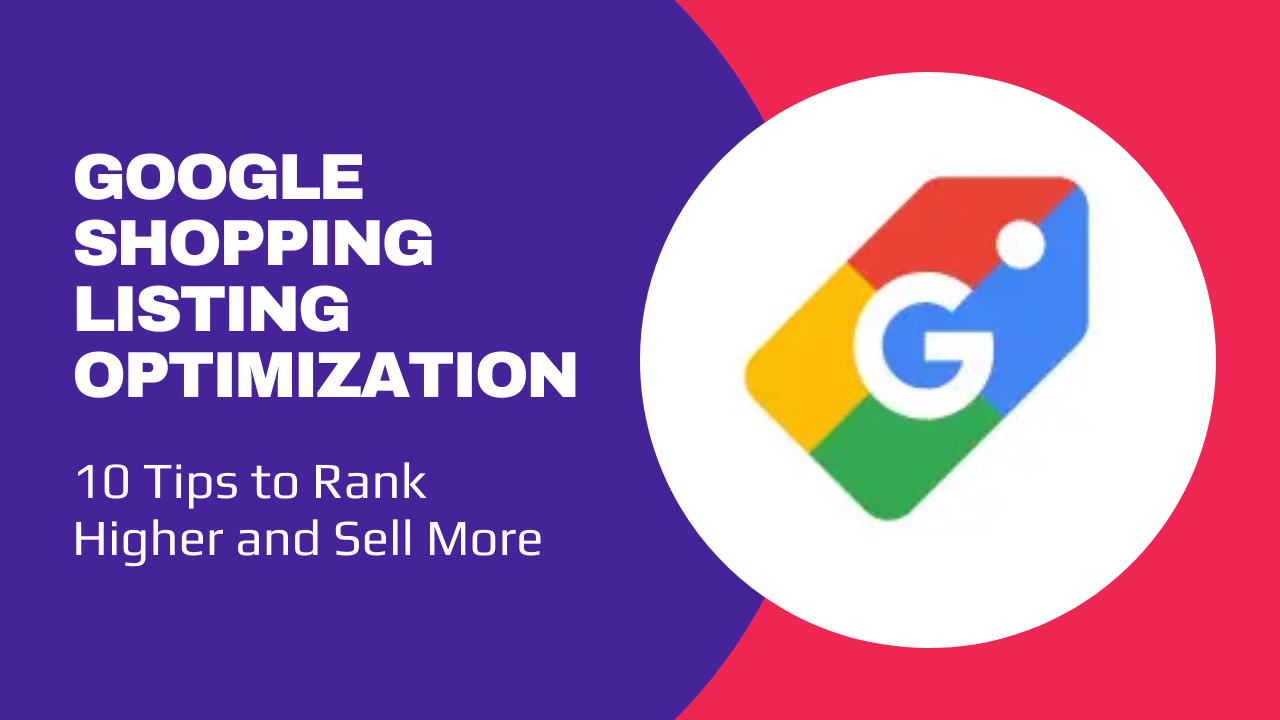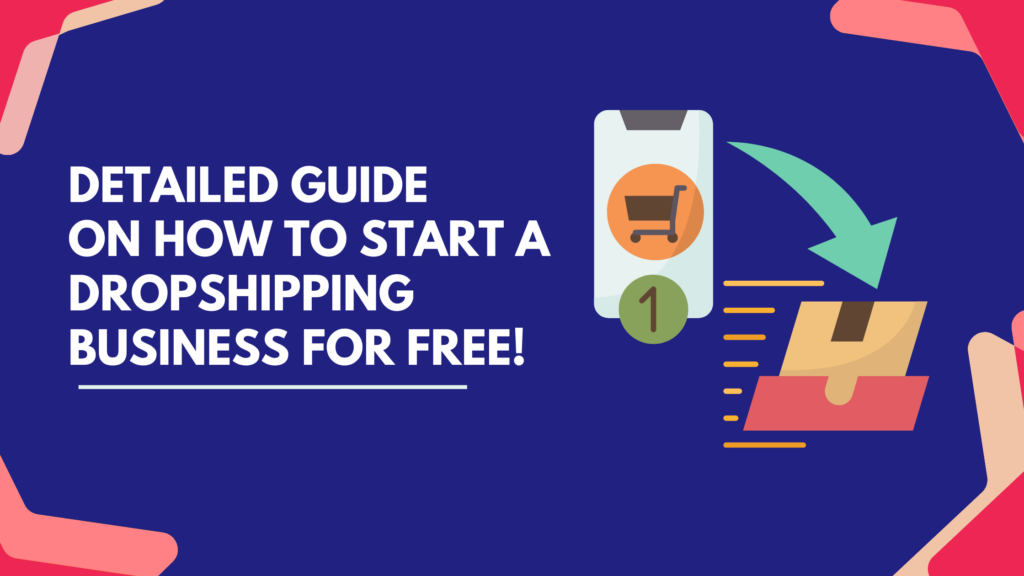Google Shopping listings are an incredible asset for driving customers straight to your products. By putting in a bit of effort to optimize these listings, you can improve their ranking and visibility on Google, making them more likely to be seen, clicked, and ultimately converted into sales. Think of it as creating the perfect storefront window display that stands out, even amidst a bustling crowd of other options.
In this guide, we’ll walk through each key step to get your Google Shopping listings fully optimized. From perfecting product titles and descriptions to managing custom labels and strategically setting bids, each tactic can boost your listing’s chances of attracting the right customers. With these steps, you’ll be able to make your listings not just a simple product showcase, but a powerful magnet that draws in high-intent shoppers who are ready to make a purchase.
Let’s dive in and turn your listings into high-performing assets that bring real, measurable results to your eCommerce business. We also have an indepth article on Google Merchant Center – best practices and common pitfalls, check it out for additional information and tips you probably do not want to miss out on.
1. Advanced Product Title Structuring
While including keywords in titles is essential, structuring titles in an optimized format is also critical. Google’s algorithms prioritize titles with a specific structure, so follow a pattern like: Brand + Product Type + Key Attributes (Size, Color, Material).
For instance:
- Optimal Title: “Adidas Women’s Ultraboost Running Shoes, Size 8, Black”
- Suboptimal Title: “Women’s Running Shoes by Adidas – Size 8”
This consistent, structured format makes it easier for Google to categorize and rank your products.
2. Implement Custom Labels for Better Targeting
Custom labels in Google Shopping listing allow you to segment products based on various criteria, like seasonal items, profit margin, or high/low inventory levels. Using custom labels:
- Seasonal Sales: Tag products that are part of holiday sales or seasonal promotions.
- Profit-Based Bidding: Label products with higher margins to prioritize them in campaigns, maximizing your ad spend efficiency.
Custom labels enable more precise targeting and budgeting strategies, especially useful for large catalogs or stores with seasonal inventory.
3. Take Advantage of Dynamic Remarketing
Dynamic remarketing in Google Shopping campaigns can re-engage potential customers who viewed your products but didn’t convert. This feature shows personalized ads featuring products they previously viewed, which often leads to higher conversions. To optimize dynamic remarketing:
- Segment Audiences: Group viewers into segments, like “cart abandoners” or “repeat visitors,” to tailor ads specifically.
- Personalize Ads with Promotions: Offer time-sensitive discounts to encourage conversions among warm leads.
Dynamic remarketing requires enabling Google’s remarketing tag on your website and configuring product feeds in Google Merchant Center to ensure up-to-date ad content.
4. Optimize for Local Inventory Ads (LIA)
If you have physical store locations, using Local Inventory Ads (LIA) can drive traffic to both your online and offline stores by displaying items available nearby. Here’s how to make the most of LIA:
- Accurate Location Feeds: Keep store hours, location, and inventory data accurate.
- Include In-Store Promotions: Run exclusive in-store discounts and highlight them in your LIA.
Local Inventory Ads help bridge the online and offline shopping experience and are ideal for businesses with a local presence.
5. Utilize Product Ratings and Review Integrations
Product ratings (stars) and reviews increase trust and click-through rates. To gather more product reviews:
- Leverage Third-Party Review Aggregators: Platforms like Trustpilot, Yotpo, or Bazaarvoice can sync with Google Shopping to collect reviews.
- Encourage Post-Purchase Reviews: Implement post-purchase emails to prompt reviews from customers.
Review data integration allows your Google Shopping listing to display real customer feedback, which often increases CTR and conversions.
6. Utilize the “Sale Price” Feature
Google allows you to show both a regular price and a sale price, which is useful for promotional periods. The sale price creates a sense of urgency and appeals to budget-conscious shoppers. To use this feature:
- Plan Seasonal Sales: Use the “sale price” attribute during high-traffic seasons, like Black Friday, to increase visibility and clicks.
- Combine with Custom Labels: Tag sale items using custom labels for more control over your budget and bid strategies during promotional periods.
7. Feed Management and Optimization Tools
Manually updating product feeds is tedious, especially with large inventories. Feed management tools like DataFeedWatch, Channable, and GoDataFeed simplify feed optimization. These tools allow:
- Automated Feed Updates: Ensure your listings reflect the latest price, stock, and description changes.
- Data Enrichment: Add missing attributes or improve title quality with minimal manual effort.
- Custom Rules: Create rules that automatically adjust pricing or categorize products for improved visibility.
Using feed management tools is essential for businesses with large or fast-changing inventories.
8. Optimize Image and Video Content
Google Shopping now supports video ads and has increased its focus on high-quality images. Here’s how to leverage visual content:
- Use Lifestyle Images: For categories like fashion or home decor, include lifestyle images that show the product in use.
- Product Videos: Include product videos in the Google Merchant Center feed for items that benefit from demonstration.
Videos and high-quality images provide a better user experience and can enhance engagement, especially on mobile devices.
9. Enhanced Bidding Strategies for Key Products
For a product-focused approach, adjust bidding to reflect priority products based on:
- Profit Margins: Use higher bids for products with higher margins, maximizing returns.
- Inventory Levels: Allocate higher bids to overstocked items to boost sales.
- Customer Demand: Seasonally high-demand items (e.g., summer clothing) can receive higher bids during peak periods.
Using bidding tools like Smart Bidding and rules in Google Ads allows for more control and efficient budget allocation.
10. Leverage Competitor Data with Google Auction Insights
Google Auction Insights gives a snapshot of how competitors are performing relative to your Google Shopping listings in Shopping campaigns. Key insights to monitor include:
- Impression Share: This metric shows how often your Google Shopping listings appear compared to competitors, helping you gauge your reach in auctions.
- Overlap Rate: Use this to understand if your Google Shopping listings appear alongside or above competitors’ listings, giving you a sense of visibility in crowded spaces.
Adjusting bids or refining product titles based on these insights can improve your competitive edge, especially for high-stakes products or campaigns. Monitoring these metrics consistently will help keep your listings competitive and visible to the right audience.
Conclusion
Google Shopping listing optimization involves combining data-driven insights with strategic adjustments to your feed, bidding, and content. By using these advanced techniques, you can increase your listings’ relevance, visibility, and conversion rates, ultimately driving more sales. Optimization is an ongoing process, so continuously analyze your performance metrics and make adjustments based on data to stay competitive.



